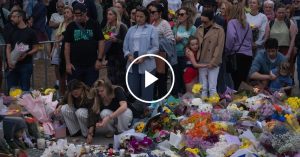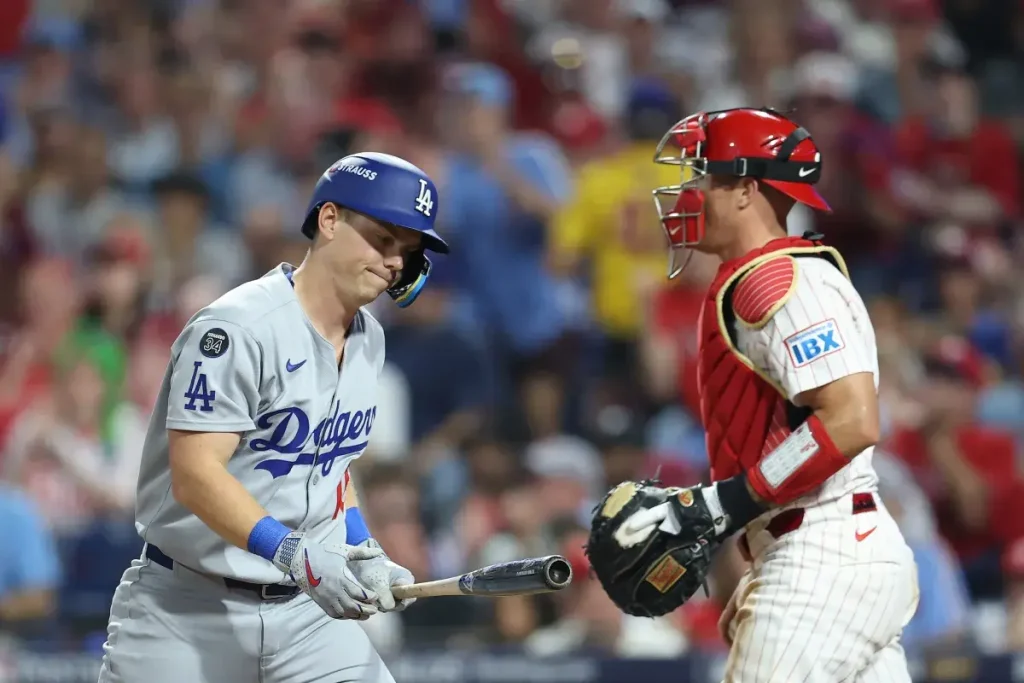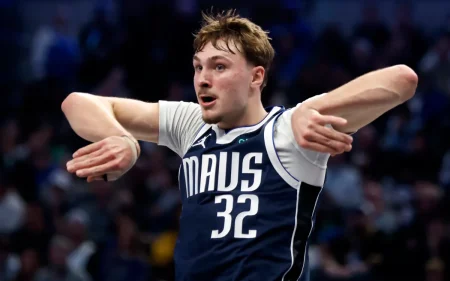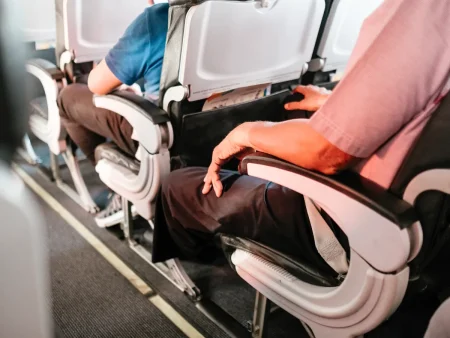Will Smith’s Cautious Return to the Dodgers’ Lineup in the NLDS
Will Smith, the Los Angeles Dodgers’ All-Star catcher, made his long-awaited return to game action during Game 1 of the National League Division Series against the Philadelphia Phillies. This marked Smith’s first appearance since September 9, following a hand fracture that had severely limited his playing time since early September. Although Smith was on the active roster during the Wild Card round, he remained on the bench until Saturday’s game, when manager Dave Roberts decided it was time to ease his star catcher back into competition. Smith entered the game in the fifth inning as a pinch hitter and stayed in to catch the remainder of the contest, going hitless in two at-bats but reaching base after being hit by a pitch and scoring a run.
The decision to bring Smith in midway through Game 1 aligned perfectly with Roberts’ pregame comments, where he had suggested Smith might get an opportunity to “get his feet wet” after his extended absence. This cautious approach reflects the Dodgers’ careful balancing act between utilizing one of their key offensive weapons and ensuring Smith’s health for what they hope will be an extended postseason run. The fracture had not only kept Smith out of the batter’s box but also away from his demanding duties behind the plate, where catchers face constant physical strain throughout nine innings of receiving pitches, blocking balls in the dirt, and managing the pitching staff.
When asked about Smith’s status for Game 2 scheduled for Monday, Roberts remained noncommittal, describing the situation as “still up in the air.” The manager indicated they might follow the same strategy as in Game 1—bringing Smith in partway through the game—or potentially start him, depending on how Smith felt the day after his return to action. Roberts seemed pleased with what he saw from Smith during his catching duties, which were his first in nearly a month, but emphasized the importance of not rushing the recovery process. This careful management highlights the dual priorities the Dodgers face: winning their current series against the Phillies while also preserving their players’ health for potential deeper playoff rounds.
Smith himself acknowledged the delicate rehabilitation process he’s navigating, explaining that beyond the hand fracture, he’s focusing on keeping his entire body—particularly his shoulder, hips, and legs—in proper condition after the layoff. “We’re trying to be smart about it. It’s a long month, but also there’s some urgency to win now, obviously. So just trying to kind of weigh both of those and go from there,” Smith told reporters. His comments reveal the mental and physical challenges athletes face when returning from injury during the most critical part of the season, when the intensity of competition is at its peak and every game carries enormous consequences.
If the Dodgers’ management decides against starting Smith in Game 2, backup catcher Ben Rortvedt would likely receive another starting assignment behind the plate. This arrangement would still allow the Dodgers to utilize Smith’s bat in a high-leverage situation as a pinch hitter, possibly in the middle innings, without requiring him to handle a full game’s catching workload. This strategy demonstrates the creative ways playoff teams must maximize their roster’s potential while managing injuries, particularly at physically demanding positions like catcher.
Smith’s gradual reintroduction to the lineup represents a significant boost for the Dodgers’ championship aspirations, even if initially limited. As one of baseball’s premier offensive catchers—evidenced by his All-Star selection—Smith provides the Dodgers with exceptional value when healthy, combining rare hitting prowess with solid defensive skills behind the plate. His return, however managed, strengthens a Dodgers team already loaded with talent but facing the formidable challenge of navigating through the highly competitive National League playoffs. The careful handling of Smith’s playing time showcases the sophisticated player management strategies that often separate successful postseason teams from those who fall short of their championship goals.















